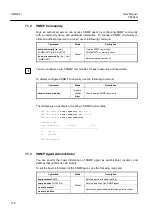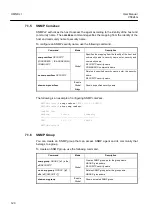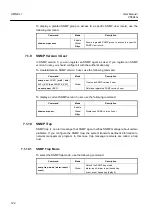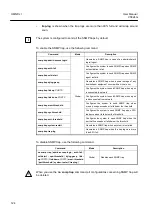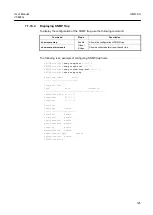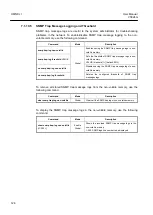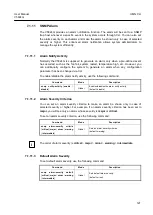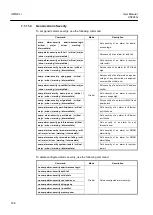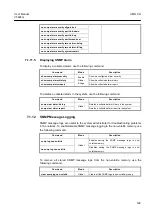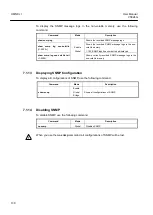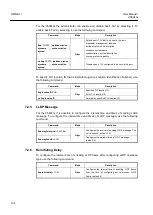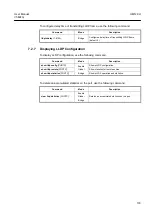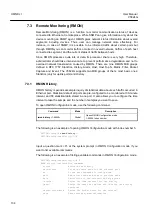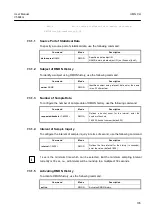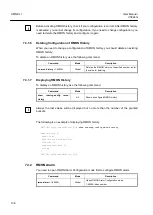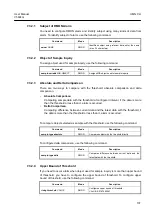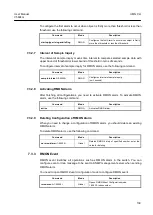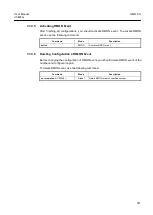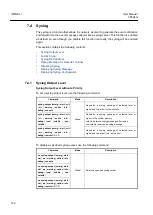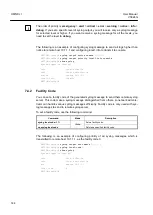
User Manual
UMN:CLI
V5824G
131
7.2
Link Layer Discovery Protocol (LLDP)
Link Layer Discovery Protocol (LLDP) is the function of transmitting data for network
management for the switches connected in LAN according to IEEE 802.1ab standard.
7.2.1
LLDP Operation
The V5824G supporting LLDP transmits the management information between near
switches. The information carries the management information that can recognize the
network elements and the function. This information is saved in internal Management
Information Base (MIB).
When LLDP starts to operate, the switches send their information to near switches. If
there is some change in local status, it sends their changed information to near switch to
inform their status. For example, if the port status is disabled, it informs that the port is
disabled to near switches. And the switch that receives the information from near
switches processes LLDP frame and saves the information of the other switches. The
information received from other switches is aged.
7.2.2
Enabling LLDP
To enable/disable LLDP, use the following command.
Command
Mode
Description
lldp
PORTS
Bridge
Enables LLDP function on a port.
no lldp
PORTS
Disables LLDP function.
7.2.3
LLDP Operation Type
If you activated LLDP on a port, configure LLDP operation type.
Each LLDP operation type works as one of the followings:
•
both
sends and receive LLDP frame.
•
tx_only
only sends LLDP frame.
•
rx_only
only receives LLDP frame.
•
disable
does not process any LLDP frame.
To configure how to operate LLDP, use the following command.
Command
Mode
Description
lldp adminstatus
PORTS
[
both
|
tx_only
|
rx_only
|
disable
]
Bridge
Configures LLDP operation type.
(default: both)
7.2.4
Basic TLV
LLDP is transmitted through TLV. There are mandatory TLV and optional TLV. In optional
TLV, there are basic TLV and organizationally specific TLV. Basic TLV must be in the
switch where LLDP is realized, specific TLV can be added according to the feature of the
switch.


